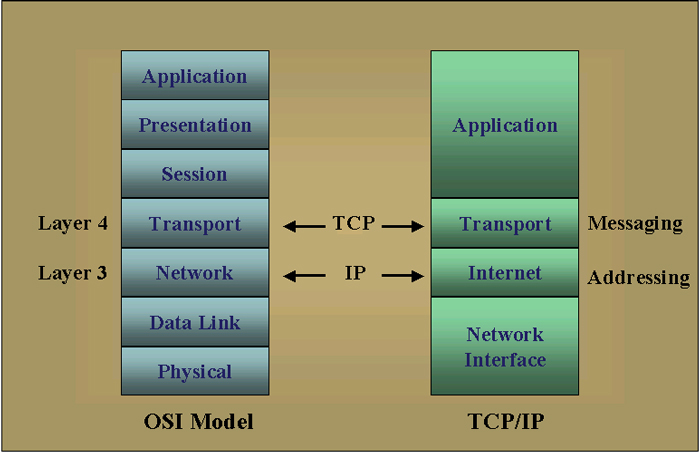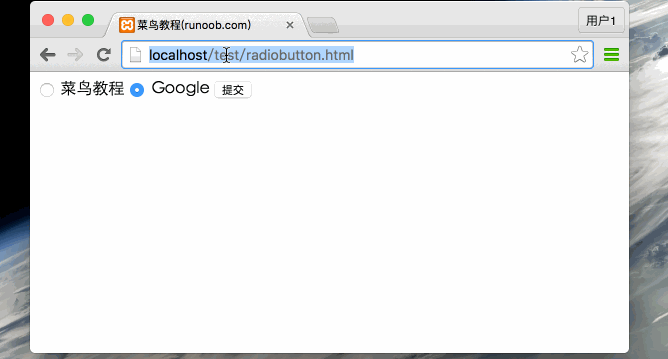
There are several methods you can use to backup a website. These are Manually and Offline. CodeGuard is also available. It doesn't matter what method you choose, it's important that you always have a copy of your website somewhere safe. You can restore your website to the exact state it was before creating the backup.
Manually
A manual backup of a website is a good option for a small amount of websites. But it can become time-consuming if you have hundreds, or even thousands. Websites are not just a collection files. They can also be a database of text and settings that must be backed up. Manually backing up a website can also cause the website to run slower and cause you to lose files. An external service can help you back up your website. This will prevent you from having to deal with this issue.
Regular backups are important for your website. You can protect your website from unanticipated errors and failures such as a server crashed. If your website becomes unavailable for a period of time, you will not only lose revenue but also customer trust. Rebuilding a website from scratch can be expensive and it can be difficult to win back trust from your customers.

Offline
If you need to backup a website you can simply download it all and keep it offline. This will provide a back-up for your site in the event of a server crash or hacking. A backup copy of your website is also available offline in the event that your web host loses their connection or accidentally deletes it.
There are many options. One way to backup your website is to dump the database into a file. You might also be able to include your theme, layout and other information. You can purchase a more robust backup solution for an extra fee. The type of website and the frequency you need to backup it will determine which option is best.
You can also download your site offline using an FTP client. You will need a web browser with FTP support and access to your hosting account to do this. To access your hosting account, you will need the username and password. You can also use a website-copying program to download all files from your website and arrange them in a proper order to create mirror copies.
CodeGuard
CodeGuard allows you to automatically back up your website and other data even if you haven't made any changes. It monitors your website for changes, and makes backups as soon as it notices them. You can also delete your website or database and restore it again. The dashboard lets you monitor the progress of your backup and make adjustments, if needed.

First, connect your website with your FTP details. CodeGuard displays a list with all files that are stored on your server. You can now select the data you wish for restoration and proceed to the next stage. Once the backup process is complete, a new screen will appear letting you know that the backup was successful.
CodeGuard automates website backup and stores it on a third-party platform. It features an easy-to-use restore feature and protects backup data with a 256bit AES encryption key. Additionally, the backup program constantly monitors your site to detect any possible changes and alerts to them.
FAQ
Can I use HTML & CCS to build my website?
Yes! If you've been following along so far, you should now understand how to start creating a website.
You now know how to build a website structure. Now you need to learn HTML and CSS coding.
HTML stands for HyperText Markup Language. It's like creating a recipe for a dish. It would list the ingredients, directions, and how to do it. HTML also tells a computer what parts of text should be bolded, underlined or italicized. It's the language that documents use.
CSS stands as Cascading Stylesheets. It's like a stylesheet for recipes. Instead of listing every ingredient and instructions, you create general rules about font sizes, colors, spacing and other details.
HTML tells a browser how to format a webpage; CSS tells a browser how to do it.
Don't panic if either of these terms are confusing to you. Follow these tutorials, and you'll soon have beautiful websites.
Can I use a template or framework on my website?
Yes! Yes! Many people use pre-built frameworks or templates when creating websites. These templates contain all the code that is required to display information.
These are some of the most requested templates:
WordPress – One of the most well-known CMSes
Joomla - Joomla is another popular open-source CMS
Drupal – An enterprise-level solution used by large organizations
Expression Engine – A Yahoo proprietary CMS
Each platform offers hundreds of templates. Finding the right template should be simple.
Do I Need Any Technical Skills To Design And Build My Site?
No. You only need to have a basic understanding of HTML/CSS. Tutorials that teach HTML and CSS can be easily found online.
Statistics
- The average website user will read about 20% of the text on any given page, so it's crucial to entice them with an appropriate vibe. (websitebuilderexpert.com)
- It's estimated that chatbots could reduce this by 30%. Gone are the days when chatbots were mere gimmicks – now, they're becoming ever more essential to customer-facing services. (websitebuilderexpert.com)
- Studies show that 77% of satisfied customers will recommend your business or service to a friend after having a positive experience. (wix.com)
- It enables you to sell your music directly on your website and keep 100% of the profits. (wix.com)
- When choosing your website color scheme, a general rule is to limit yourself to three shades: one primary color (60% of the mix), one secondary color (30%), and one accent color (10%). (wix.com)
External Links
How To
How to choose one CMS from another?
There are two types in general of Content Management System (CMS). Web Designers use Static HTML or Dynamic CMS. WordPress is the most used CMS. Joomla! is an excellent CMS for making your site professional and well-organized. You can create any kind of website with Joomla!'s powerful open-source CMS. It's easy and quick to install. Joomla has thousands of pre-made templates and extensions that can be used to create your website. Joomla is free to download. There are many benefits of choosing Joomla for your project.
Joomla is a powerful tool to help you manage every aspect of your site. Joomla offers many features, such as a drag and drop editor, multiple templates support, image manager blog management, news feed, eCommerce, and a blog management. Joomla is an ideal choice for anyone wanting to build a website, without needing to know how to code.
The great thing about Joomla is that it supports almost all devices, including mobile phones, tablets, desktop computers, laptops, etc. It is easy to build websites for different platforms.
There are many good reasons to prefer Joomla over WordPress. These are just a few of the reasons Joomla is preferred to WordPress.
-
Joomla is Open Source Software
-
It's easy to set up and configure
-
There are thousands of ready-made templates and extensions
-
Download and use it for free
-
All Devices are supported
-
Powerful Features
-
Solid Support Community
-
Very Secure
-
Flexible
-
Highly Customizable
-
Multi-Lingual
-
SEO Friendly
-
Responsive
-
Social Media Integration
-
Mobile Optimized